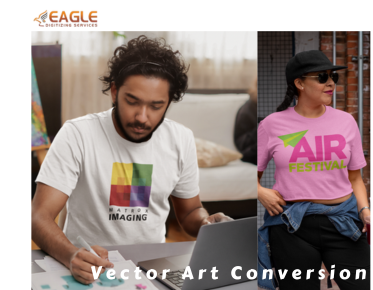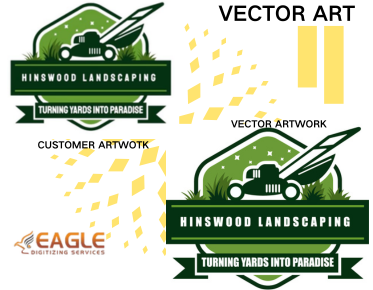Best Fabrics for Screen Printing
Screen printing is a versatile and widely used technique for customizing a variety of fabric materials. However, the choice of fabric plays a critical role in the quality of the final print. Some fabrics accept inks better than others, resulting in more vibrant, durable designs. Understanding the characteristics that make fabrics ideal for screen printing is essential for any aspiring fashion designer or printing business.
Characteristics of Suitable Fabrics
Absorption and Ink Adhesion
For successful screen printing, the fabric must be absorbent enough to take up the ink yet not so porous that the ink bleeds. This balance ensures that the design is both clear and vibrant. Fabrics like cotton are highly absorbent and often the first choice for beginners due to their ability to hold ink well.
Durability and Washability
Durability is another crucial factor. The fabric must withstand multiple washes without fading or losing its integrity. Blends that include synthetic fibers, such as polyester, often provide the needed strength, though they require special considerations during the printing process to achieve vibrant colors.
Best Fabrics for Screen Printing
Cotton
Cotton is the gold standard for screen printing. It's affordable, readily available, and holds ink exceptionally well. The natural fibers allow the ink to seep into the material, resulting in lasting vibrant colors. Furthermore, cotton fabrics are breathable and comfortable, making them an excellent choice for apparel items like T-shirts.
While cotton is superb for screen printing, the fabric can shrink when washed. This factor needs to be considered in both the sizing of the fabric before printing and the design itself, ensuring the print does not distort.
Polyester
Polyester fabrics are less absorbent than cotton, often requiring special plastisol ink to ensure the print adheres correctly. The use of specialized vector conversion services can enhance the quality of prints on these types of materials. Despite the challenges, polyester is a sound choice for sportswear due to its durability and resistance to shrinking and wrinkling.
The synthetic nature of polyester means it's more challenging to achieve a soft hand feel in the print, a common issue that can be mitigated by skilled technicians and modern printing enhancements.
Blends
Blended fabrics, like poly-cotton, combine the best attributes of their component fibers. These blends offer the softness and comfort of cotton with the strength and durability of polyester, making them a popular choice in the screen printing industry. They provide a balanced medium that can be easier to print on than pure synthetic fabrics.
Rayon and Other Synthetics
Rayon and similar synthetic fabrics are becoming more popular for screen printing. Their smooth finish takes ink well, and they can offer a unique texture and sheen that cotton fabrics cannot. However, these fabrics often require specialized vector art services to achieve optimal print quality.
Challenges and Considerations
Ink Selection
The type of ink used must match the fabric. For instance, water-based inks are excellent for cotton due to their soft feel and permeability, while plastisol inks are preferred for synthetic fabrics due to their ability to sit on top of the fabric without penetration.
Environmental Factors
The environmental impact of screen printing is increasingly relevant. Eco-friendly inks and sustainable fabrics are becoming more sought after in the industry. Businesses that align with these practices may find a competitive advantage as consumers become more environmentally conscious.
Future of Screen Printing
As technology advances, so do the techniques and materials available for screen printing. The development of new inks and fabrics that improve the process's speed, quality, and environmental impact is ongoing. With the market for customized garments continuously growing, the demand for high-quality screen printing services graduates accordingly.
Investing in high-quality screen printing can benefit significantly from leveraging the expertise found in vector conversion services. These services ensure that designs are perfectly suited for the intended fabric and printing method.
Considerations for Industry Businesses
For those in the printing business or looking to enter the market, understanding these factors is crucial. The choice of fabric not only impacts the quality of your final product but also affects your costs and sustainability practices. As demand for unique, custom products grows, the ability to choose and handle various fabrics will be a key competitive edge in the screen printing industry.



